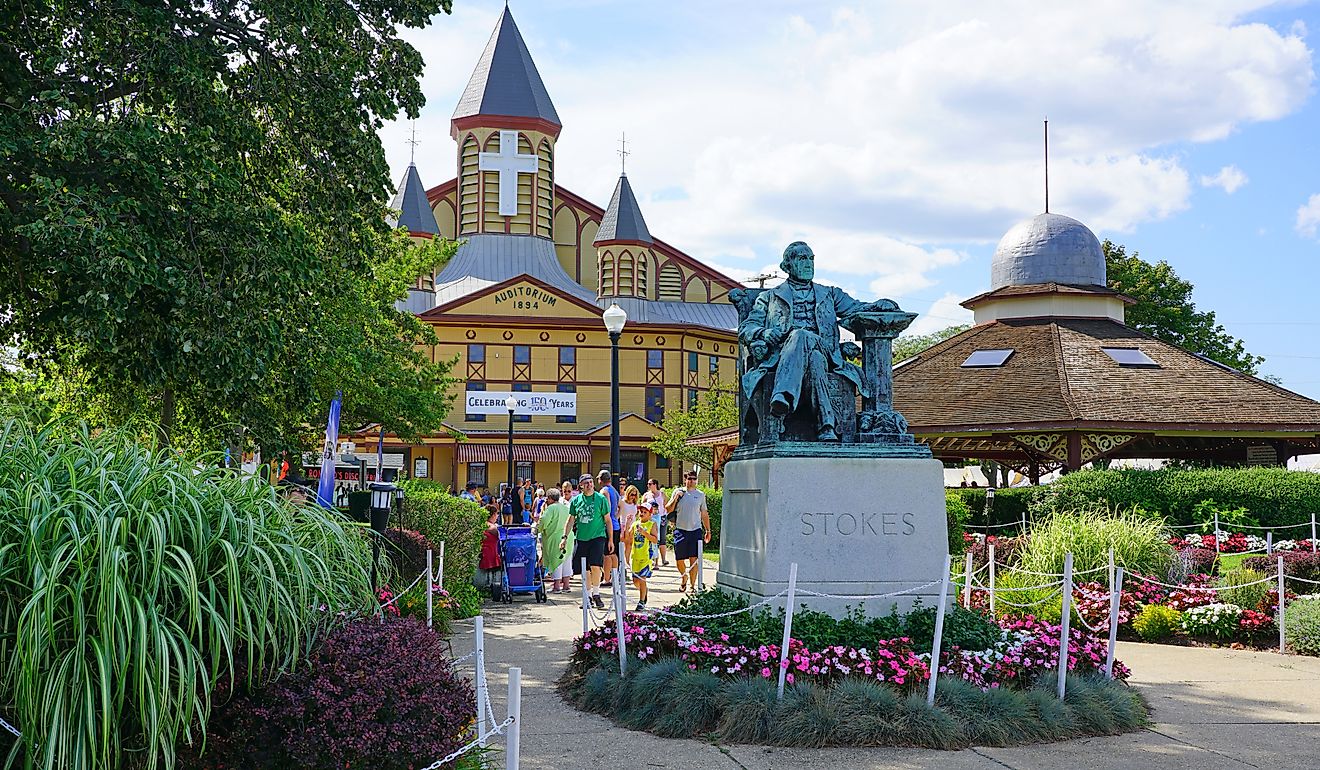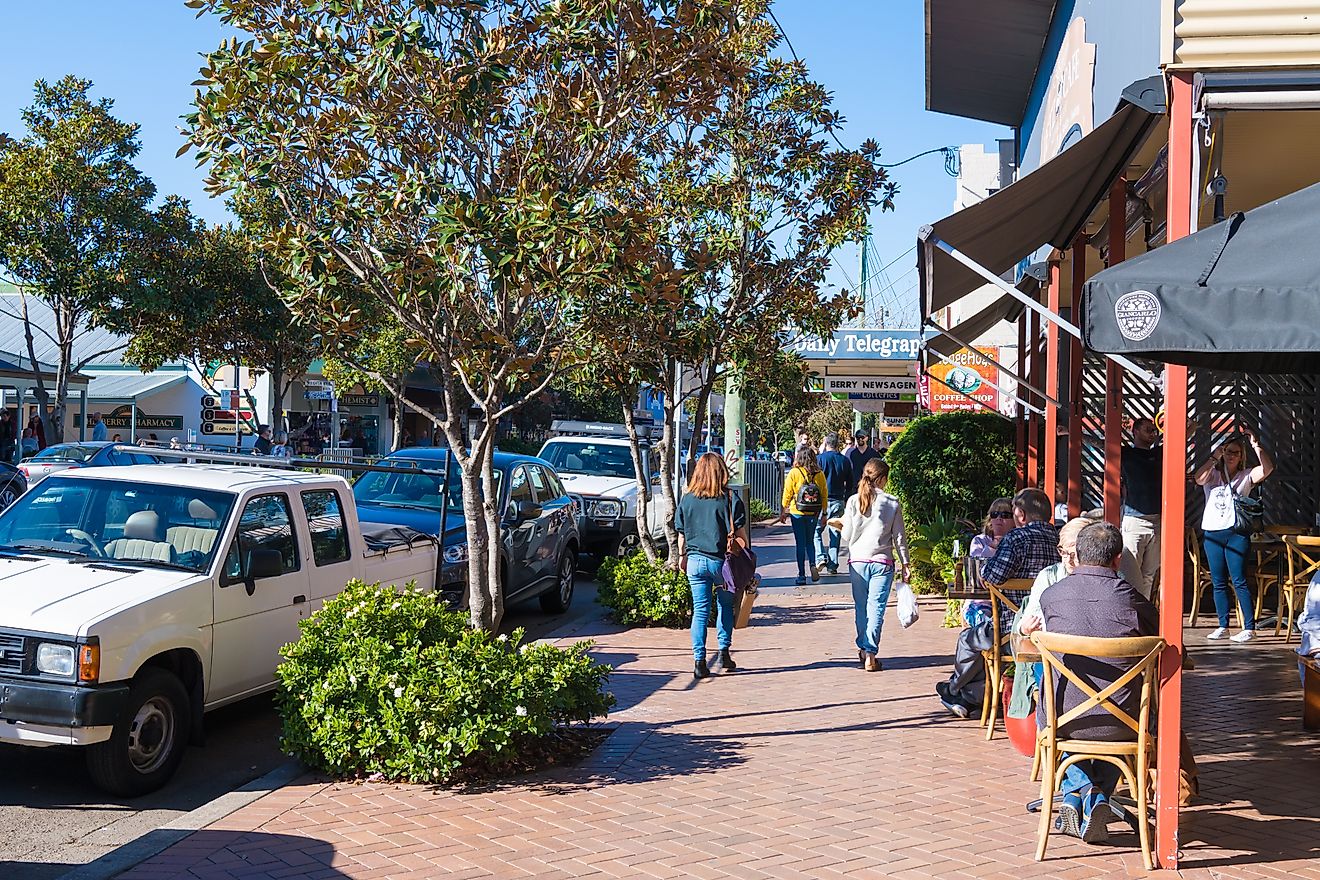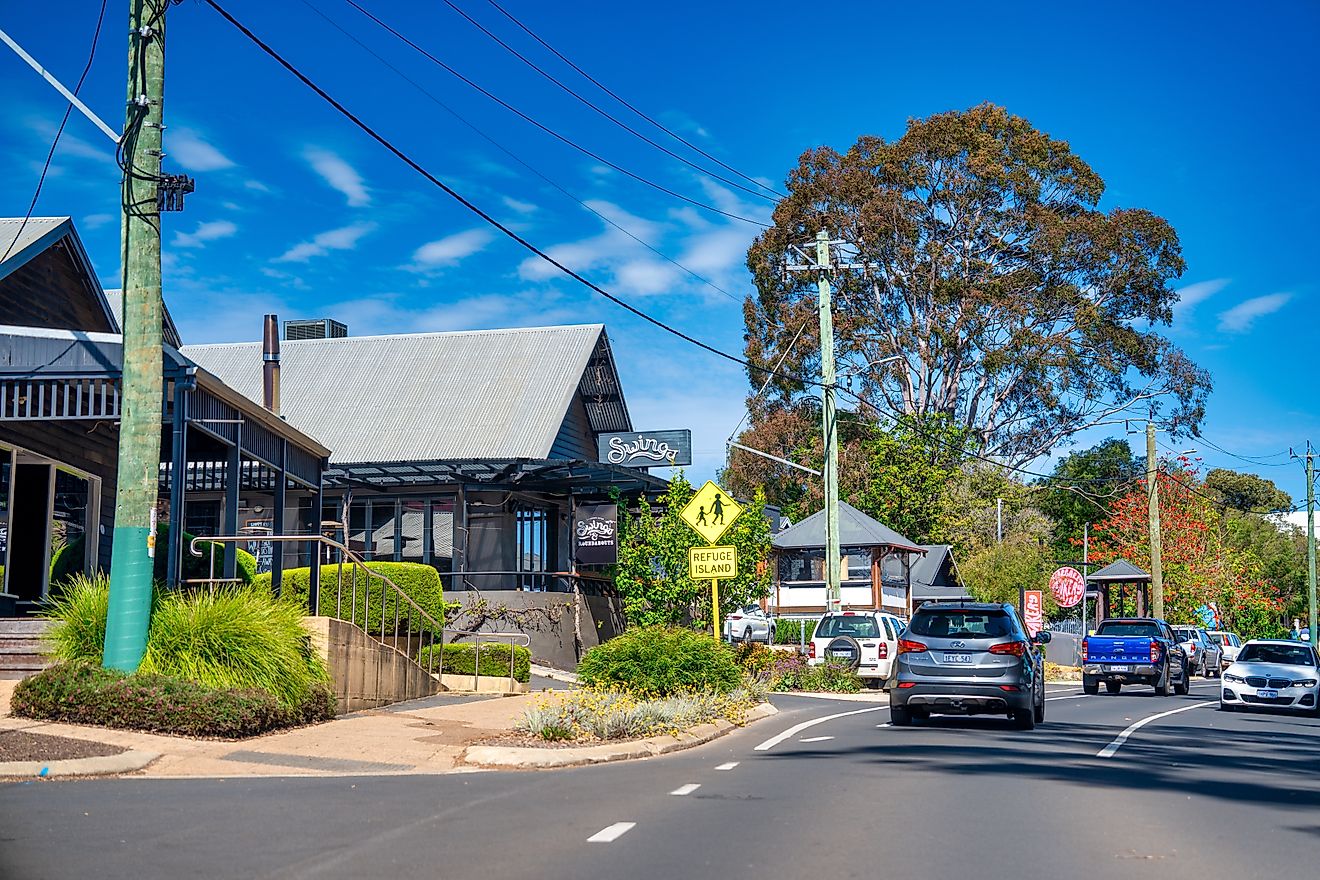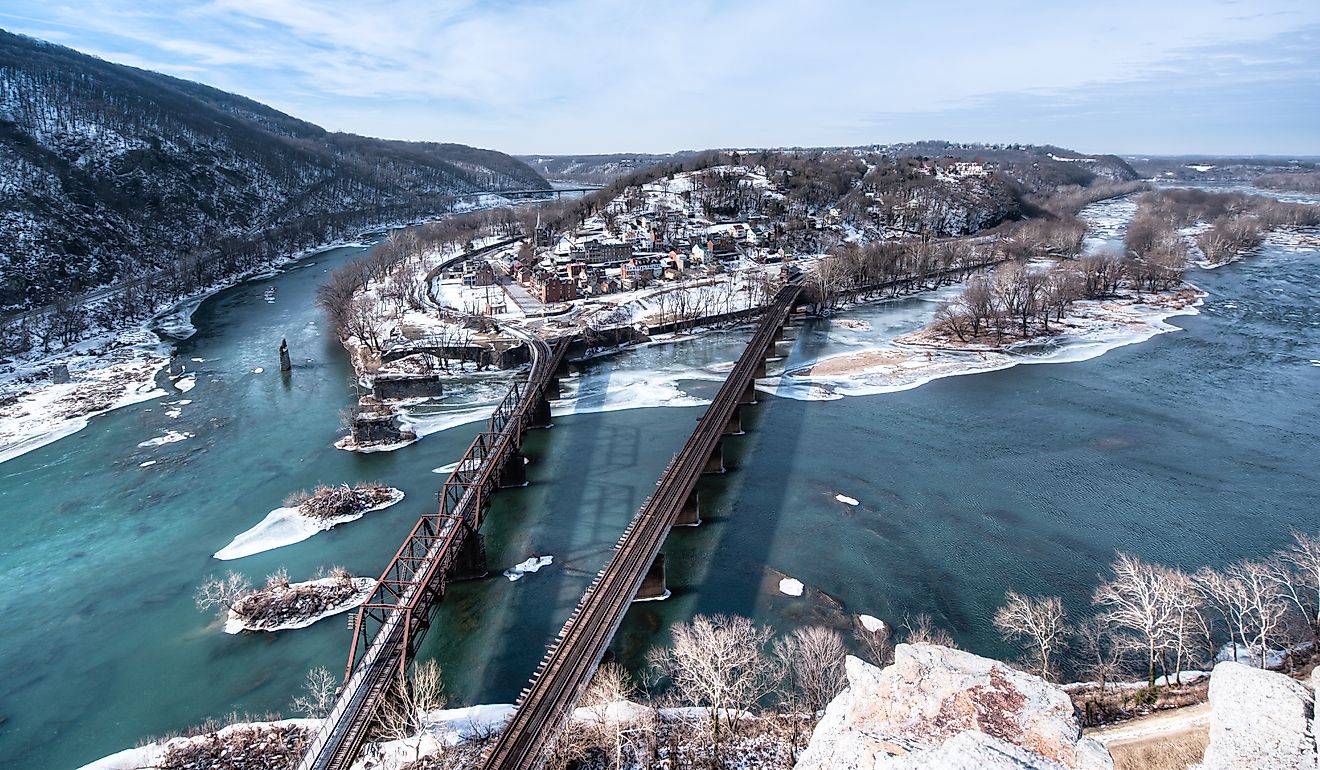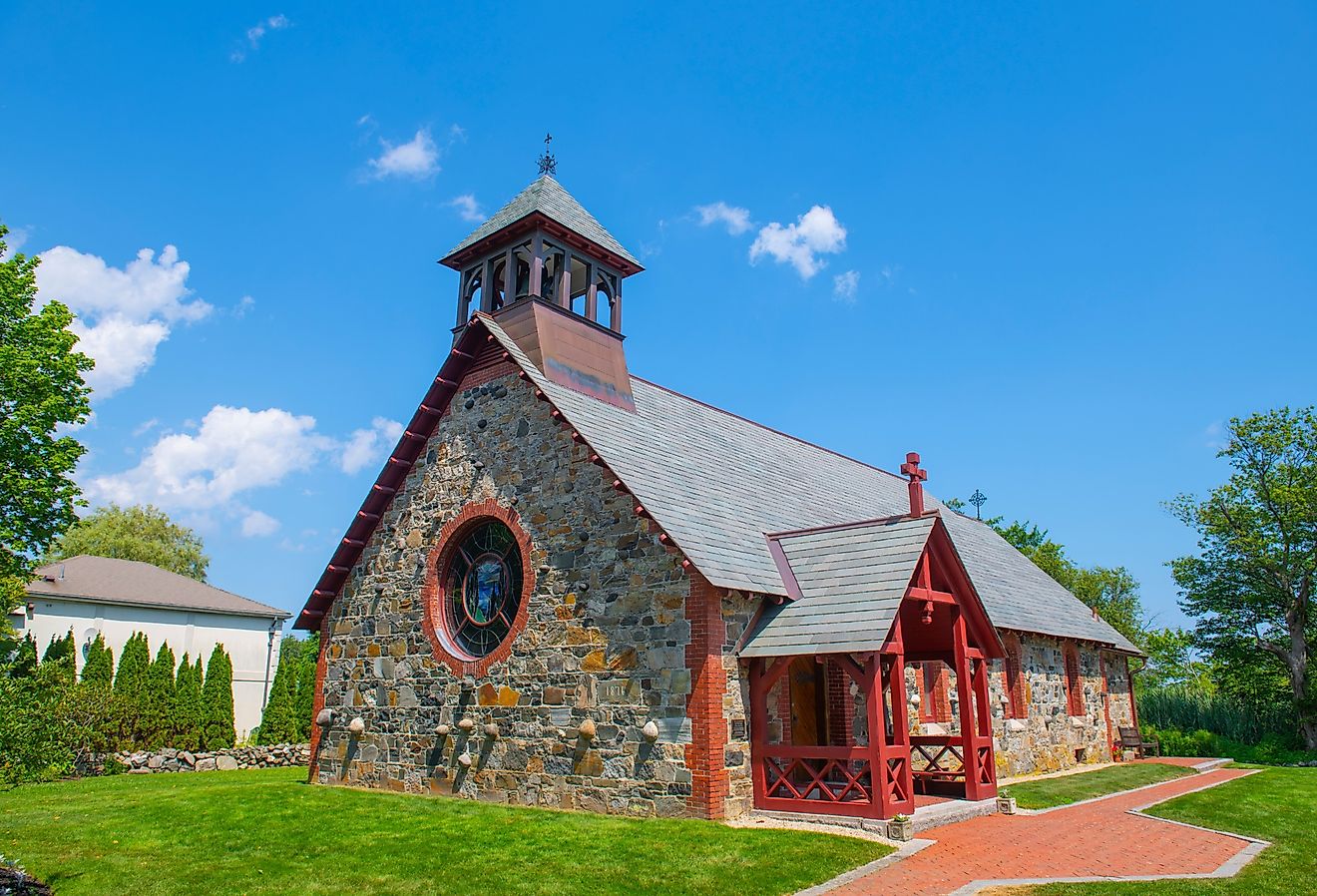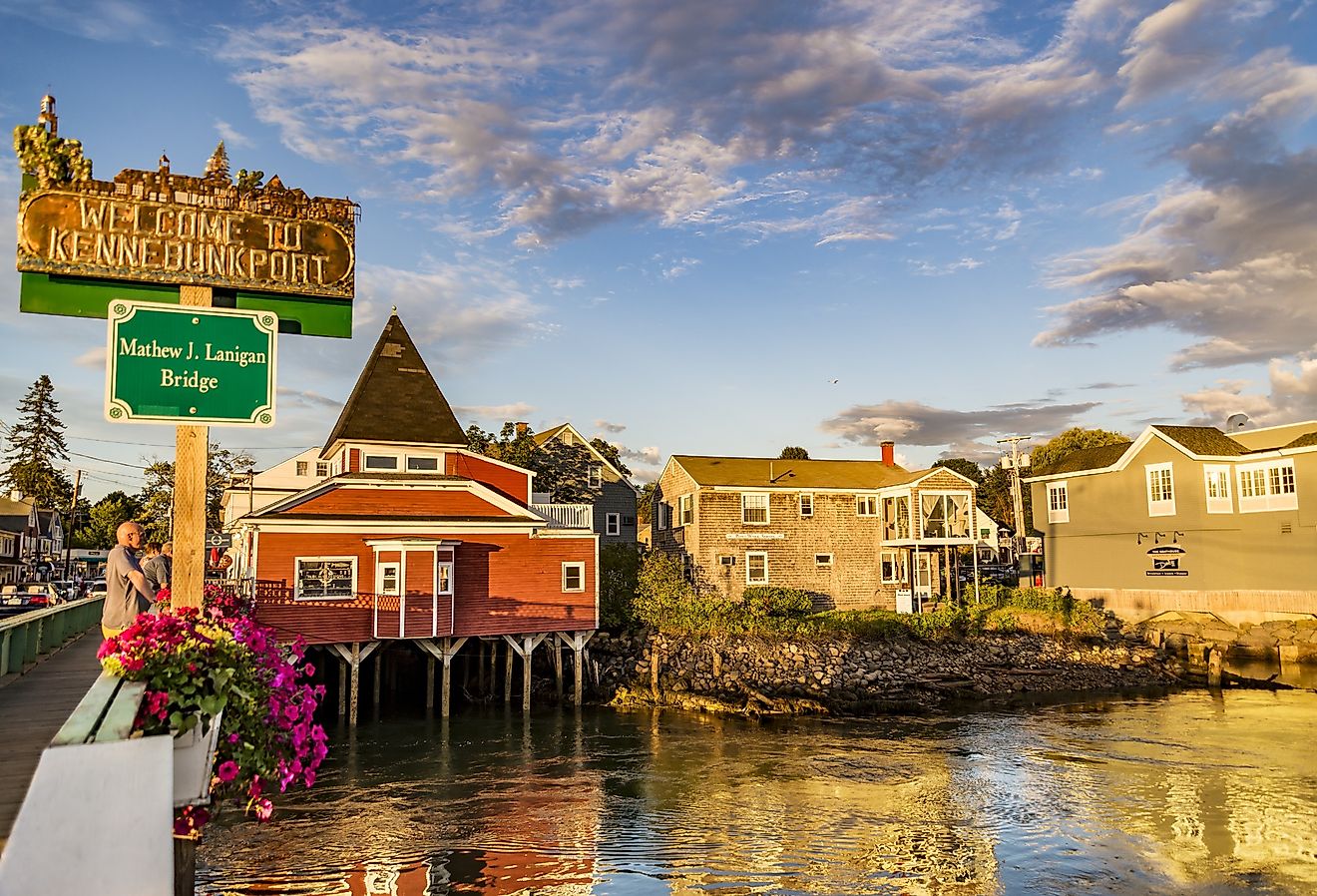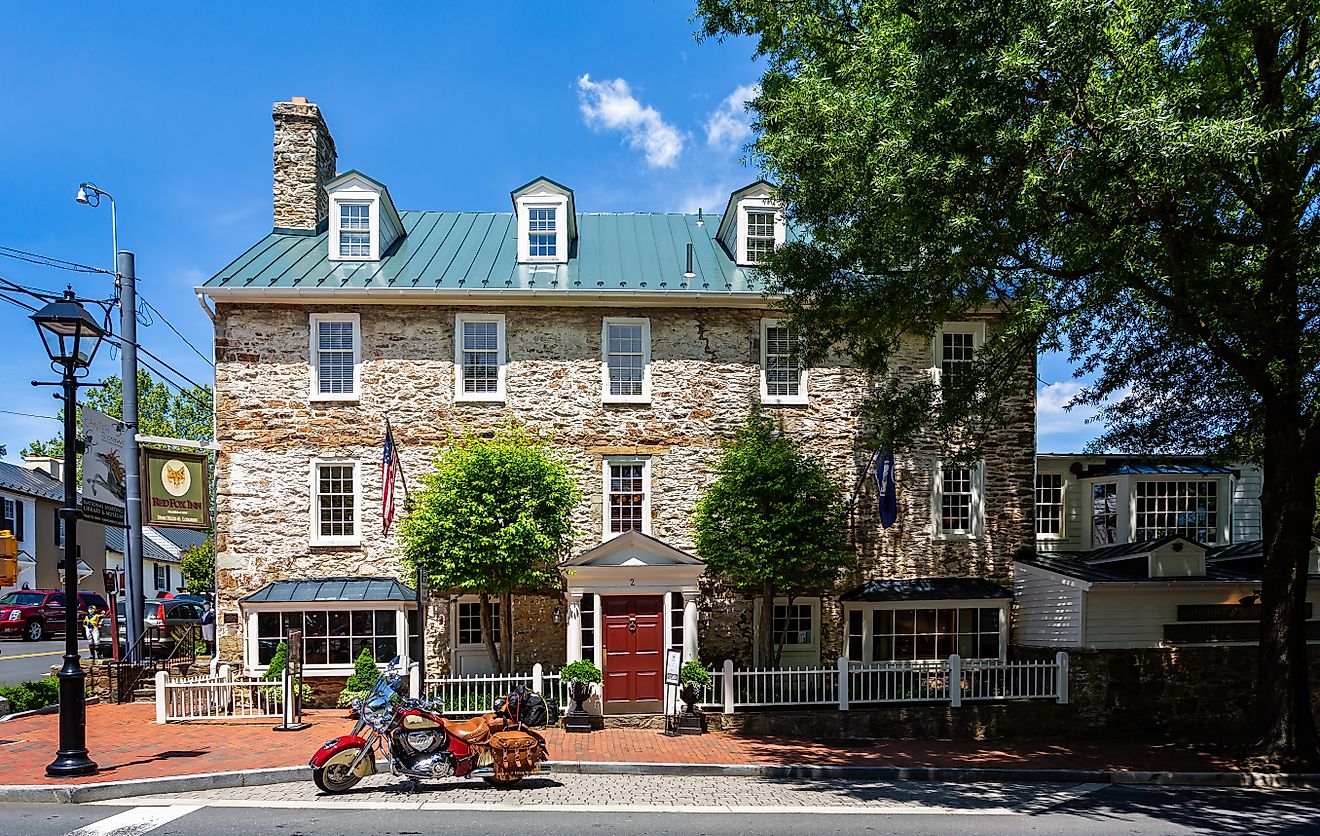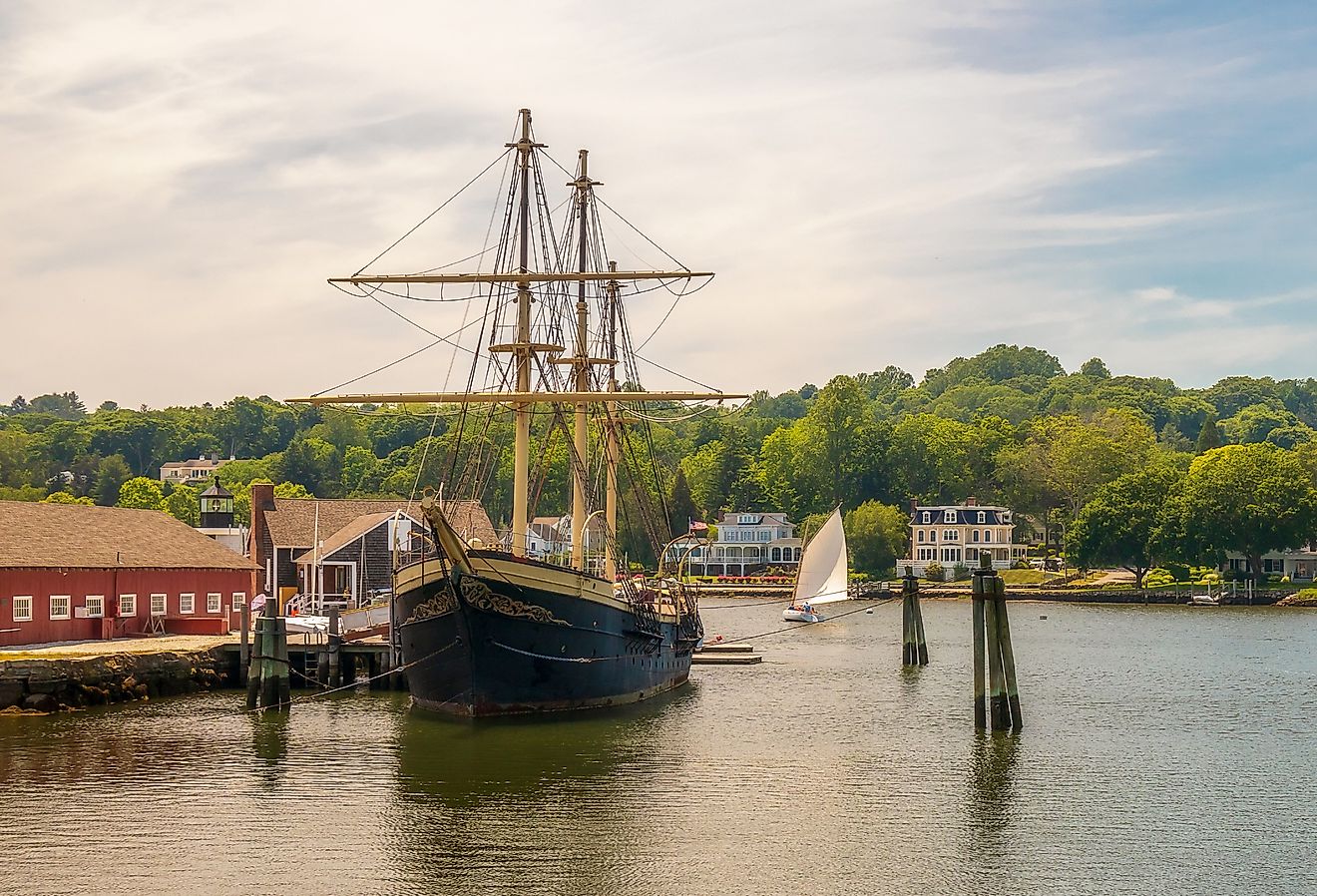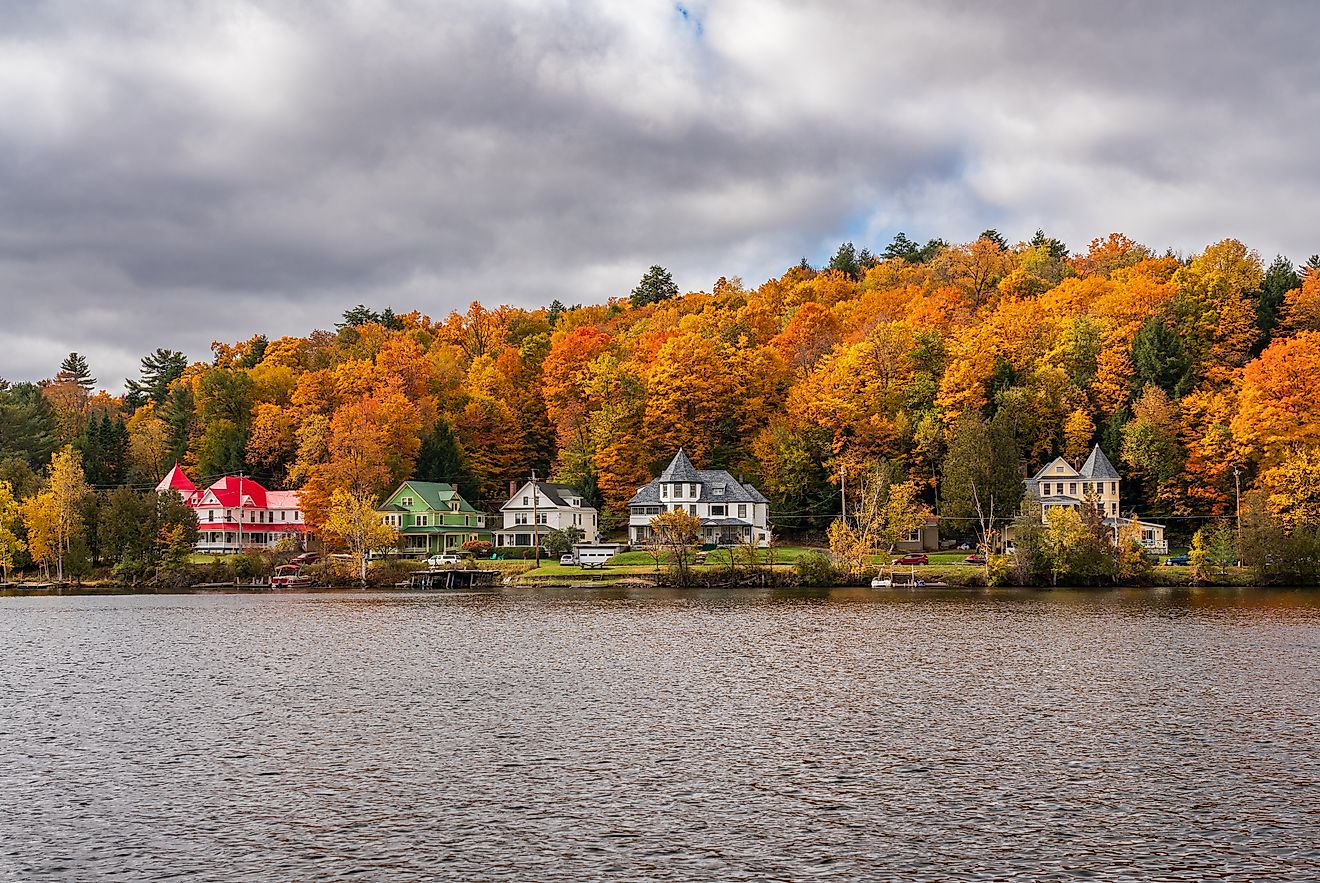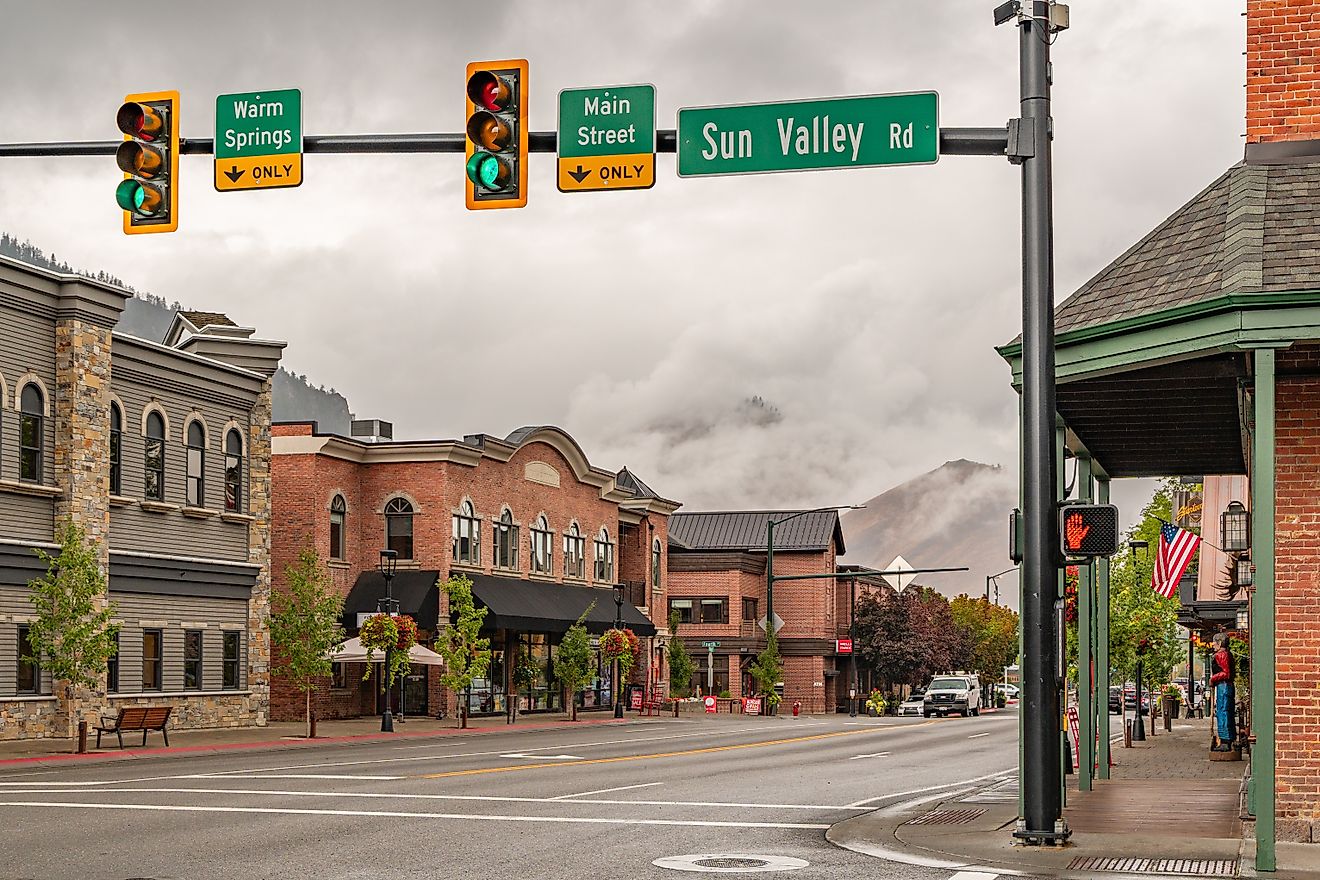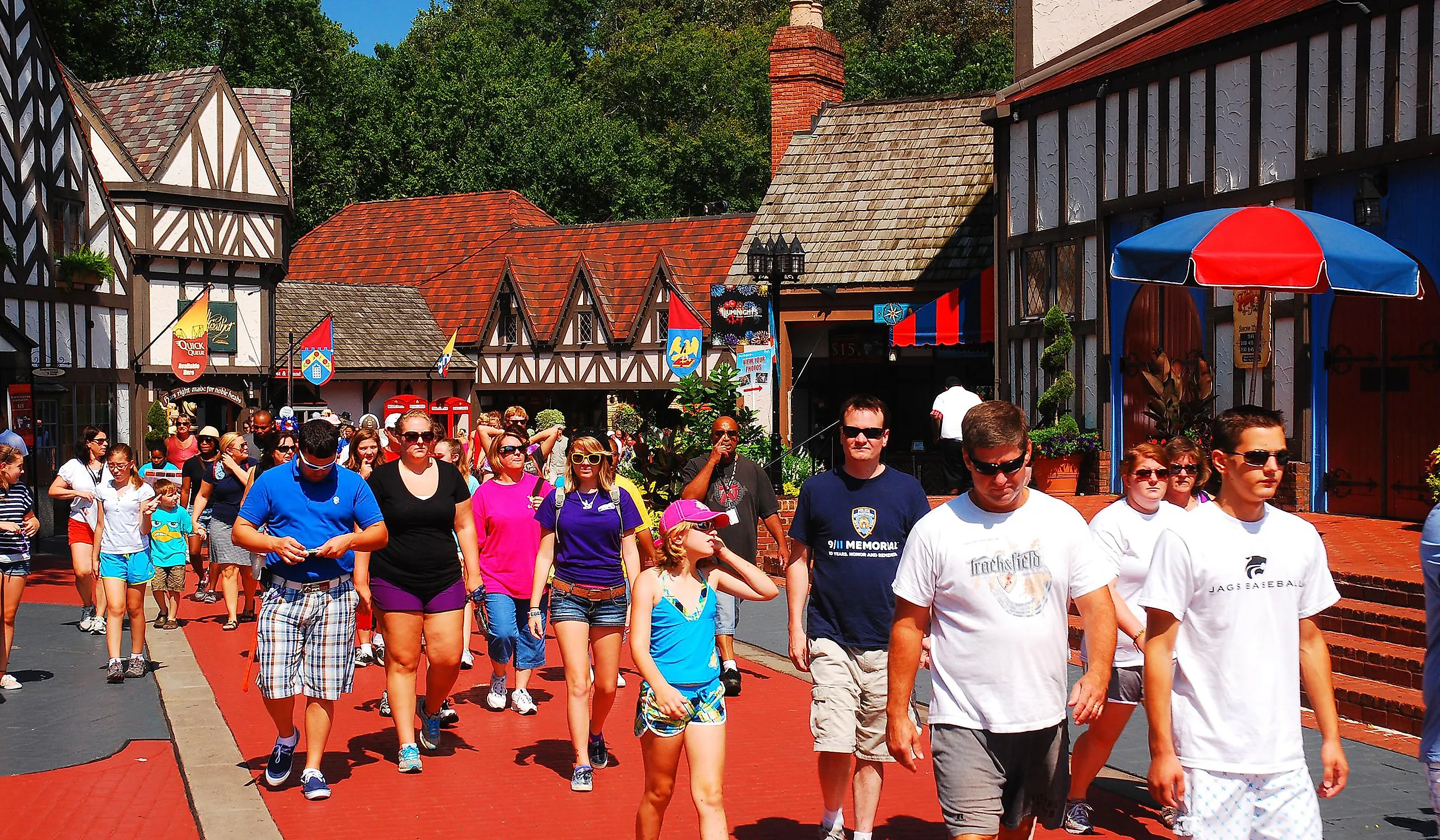
You Won't Believe This Town Is In The United States
Pioneer villages are a staple attraction across the entire United States- parks that display what life once looked like generations ago in their respective regions. But what if a fairly important city dedicated almost its entirety to preserving the past? Williamsburg, Virginia, once the state capital and one of the oldest settlements in the country, does just that.
With just over 16,000 residents today, see what this longstanding city has in store, whether you love history, want to explore a gorgeous coastal park, or are looking for a fun place to take the whole family for an escape by the ocean.
How Williamsburg Became One of America's Best-Preserved Towns
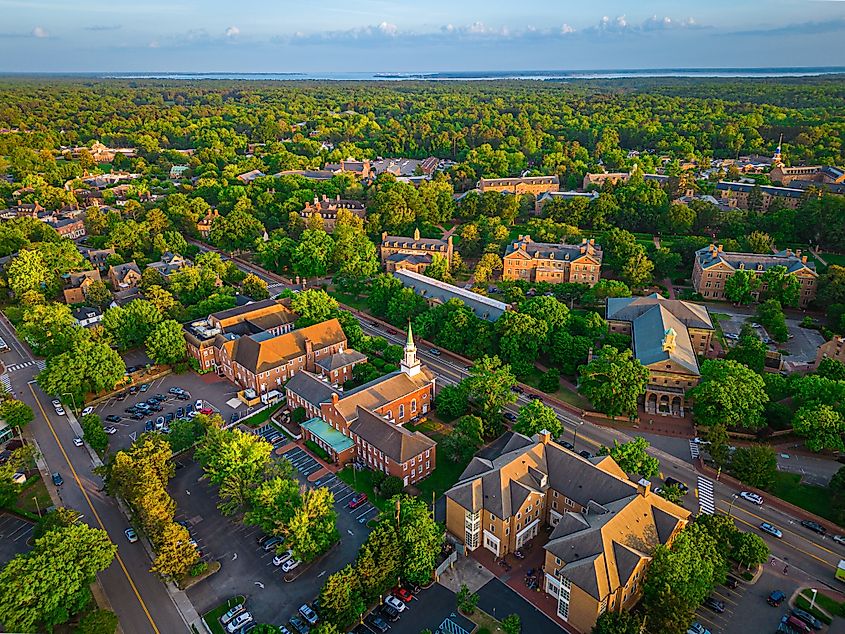
Originally founded all the way back in 1632 as "Middle Plantation," Williamsburg officially became Virginia’s colonial capital in 1699, replacing Jamestown after a series of fires that destroyed much of its vital infrastructure. The then-budding village was strategically positioned on higher ground between the James and York Rivers, also making it less prone to flooding and more suitable for long-term development, which the town's planners immediately took advantage of. It is widely considered among America's first "planned" urban cities.
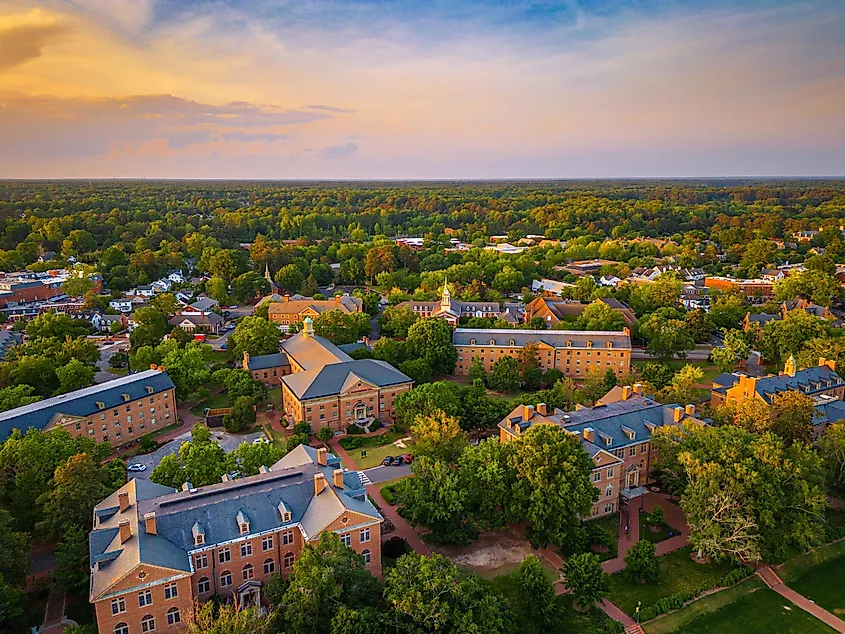
Its renaming was in honor of King William III, and it quickly grew into a major center of political, cultural, and educational life in colonial America. For one, the College of William & Mary, chartered in 1693, played a central role in shaping the country's early leadership. Because of this, by the mid-1700s, Williamsburg was a hub of revolutionary thought, where figures like Thomas Jefferson and Patrick Henry debated independence.
After the capital again moved to Richmond in 1780, the town declined in political significance but retained its architectural and historical integrity, so much so that by the 20th century, massive restoration efforts (much of which was funded by John D. Rockefeller Jr.) transformed the city into one of the country’s most ambitious living history projects. Now, you can explore this enormous time capsule on the East Coast for yourself.
Colonial Williamsburg
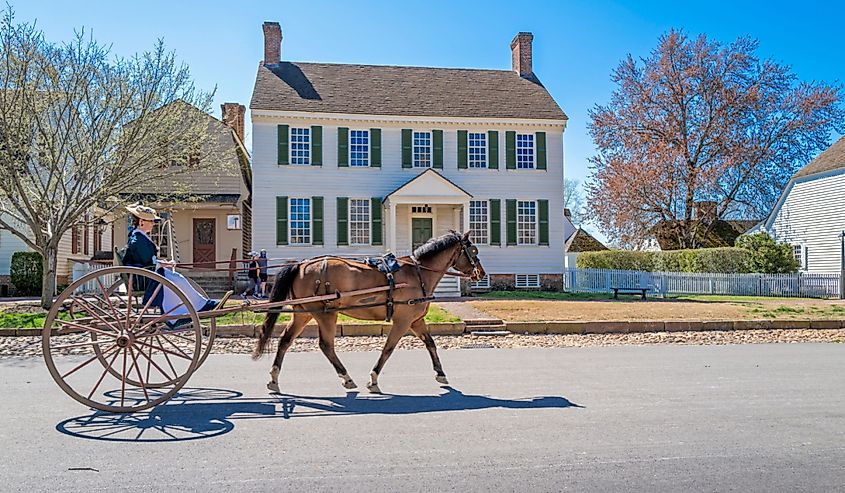
Colonial Williamsburg is the core attraction, encompassing over 300 acres of meticulously restored and reconstructed 18th-century buildings. Here, you can walk along Duke of Gloucester Street and explore functioning trade shops, taverns, government buildings, and private homes that offer a window into daily life in pre-Revolutionary America. Historical interpreters are abundant and portray anyone who would've existed back then, from blacksmiths to soldiers, offering detailed insight into the era’s diverse social dynamics.

Major landmarks within include the Governor’s Palace, the old "Capitol" building, Bruton Parish Church, and several other locales of note. Whichever way you choose to explore, Colonial Williamsburg is part of the Historic Triangle, with nearby Jamestown and Yorktown, too, and serves as both an integral educational resource and a major heritage tourism destination; a true must-visit if in the area.
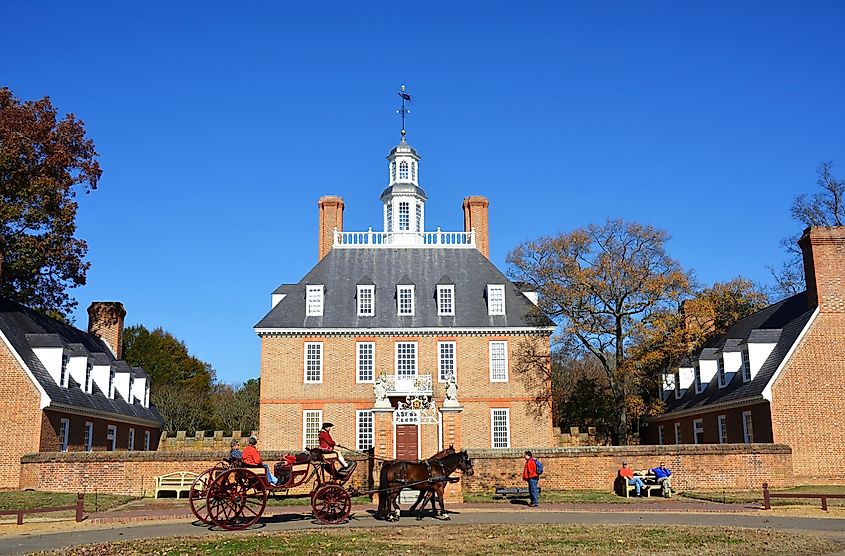
The Art Museums of Colonial Williamsburg

The Art Museums of Colonial Williamsburg make for a great addition to the grounds, housing two main collections: the DeWitt Wallace Decorative Arts Museum and the Abby Aldrich Rockefeller Folk Art Museum. The Wallace Museum focuses on British and American decorative arts from the 17th to 19th centuries, including furniture, ceramics, silver, and textiles. On the other hand, the show showcases work purely by American artists, featuring portraiture, carvings, sculptures, and more.
Both museums are connected and share an entrance on Nassau Street, blending over 70,000 wonderful pieces, with a historical focus, both in and around the building. Special exhibitions, rotating installations, and public programs further the engagement here, making it worth multiple visits.
Crim Dell Bridge

This is one for landscape photographers and architecture enthusiasts alike. Crim Dell Bridge is a picturesque footbridge nestled within the College of William & Mary campus, crossing a small, tranquil pond. It cuts through verdant landscaping and is framed by vibrant seasonal foliage, especially beautiful in the fall.
Built in 1965, this timber structure will wow you with its elegant arches and stone walkways, with adjacent benches for you to sit and better enjoy the views. Furthermore, local folklore adds some more magic to this spot: couples who cross together and kiss on the bridge are said to be bound for long-lasting romance, while walking across alone means you'll stay single forever! Definitely bring company while visiting.
Jamestown Settlement
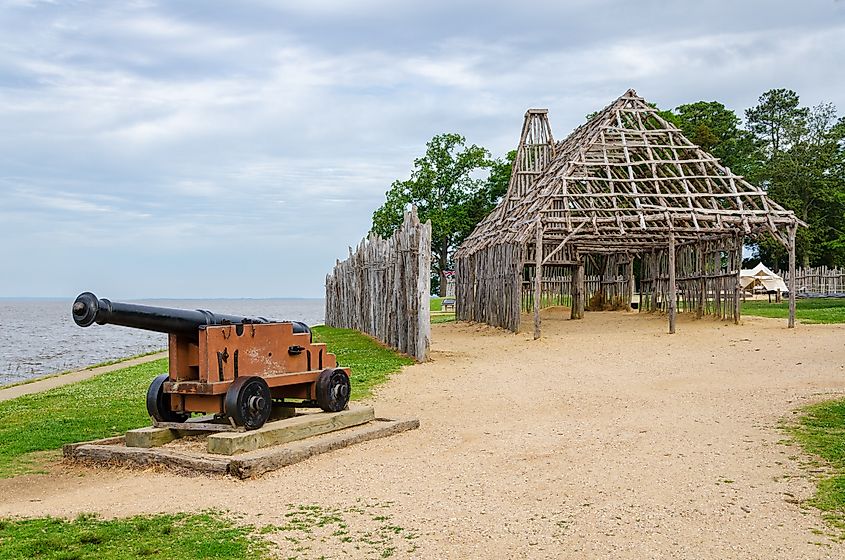
The Jamestown Settlement is another top-tier living history museum, located just a short drive south of downtown Williamsburg. It commemorates the founding of the first permanent English colony in North America. The site features full-scale replicas of the original ships that landed, a re-created fort, and a Paspahegh village representing the area's Indigenous inhabitants.
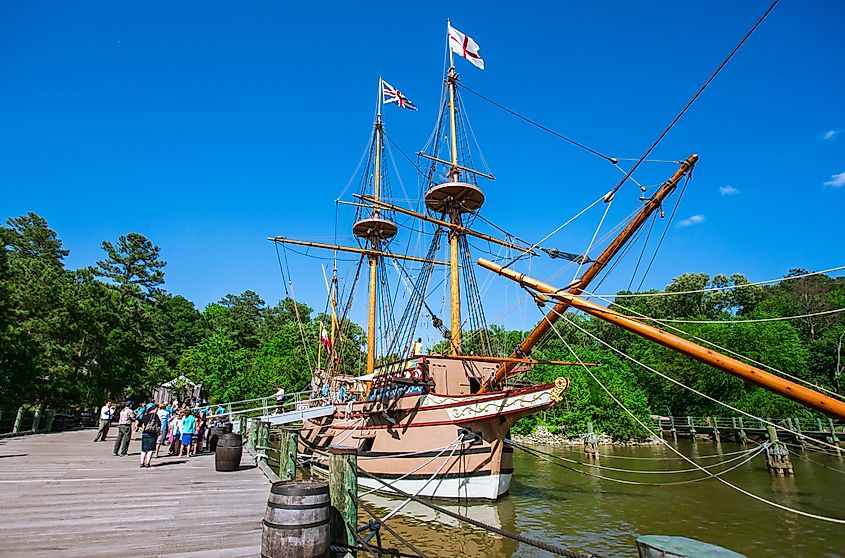
Like Colonial Williamsburg, costumed interpreters demonstrate the everyday life of America's English pioneers, including blacksmithing, cooking, farming, and military drills. Indoors, the museum presents immersive exhibits with artifacts, maps, and films that trace the colony’s struggles, interactions with Native tribes, and its role in the beginnings of what would become the United States.
While not located on the original settlement site (which is now managed by the National Park Service), it is still an essential stop for history buffs in this part of the state.
York River State Park
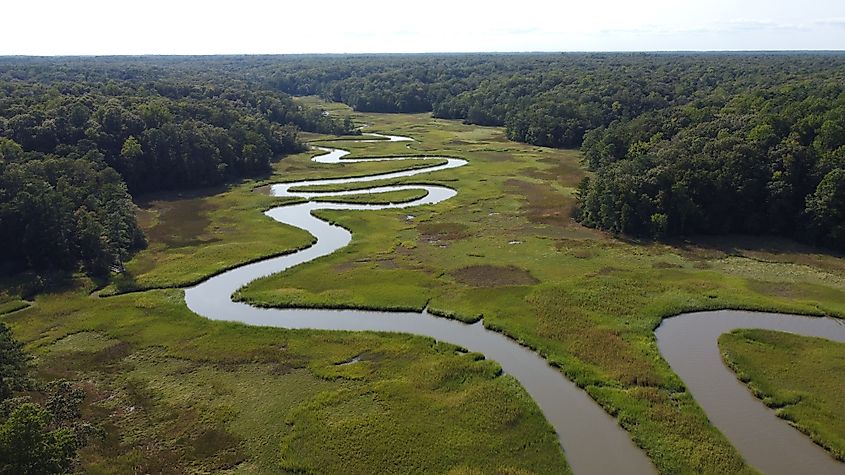
York River State Park lies just to the north of Williamsburg and protects a rare estuarine environment, where the freshwater of the York River meets the saltwater of the Atlantic Ocean. The park spans a little over 2,950 acres and features over 40 miles of trails for hiking, biking, and horseback riding.
One of its best-known features is the Fossil Beach, where exposed clay banks reveal ancient marine fossils such as scallops and clam shells. Moreover, paddlers can explore the tidal creeks by canoe or kayak, while anglers often use the nearby Croaker Landing Pier for fishing and launching larger craft along the river.
The park visitor center hosts exhibits and seasonal programs that explore the area’s various wildlife and significant cultural artifacts; a great spot to learn more about the region's human and natural histories.
Williamsburg Botanical Garden and Freedom Park Arboretum
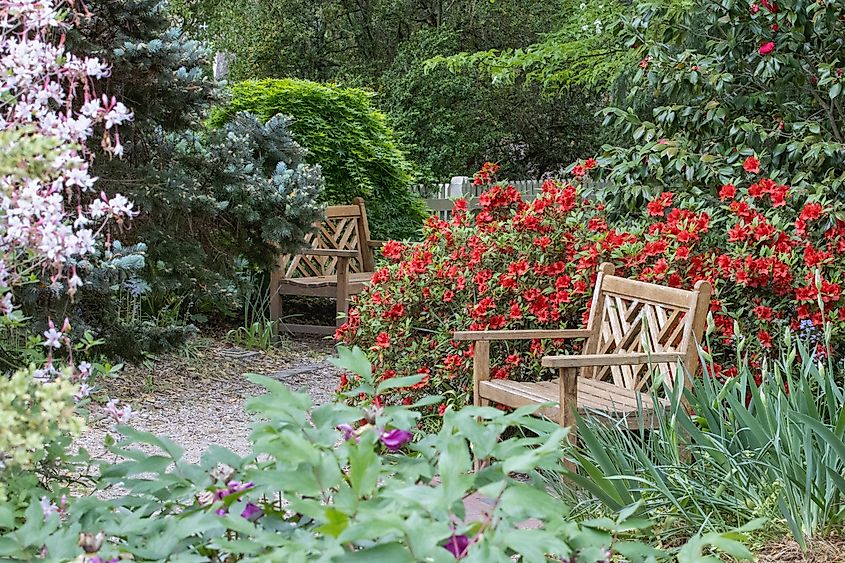
The Williamsburg Botanical Garden & Freedom Park Arboretum occupies a peaceful two-acre site within 600-acre Freedom Park. The loosely fenced botanical garden here is maintained entirely by volunteers and naturalists, and showcases over 150 documented tree species and several hundred total plants organized into more than 20 distinct areas, such as butterfly and pollinator gardens, wildflower meadows, herb and fern gardens, wetlands, a calcareous ravine, and others.
Educational signage and QR codes will teach you about sustainable gardening practices, native plant selection, and habitat support for local wildlife. To add to this, two covered pavilions, including one near a fairy-themed garden, invite visitors to picnic or simply pause for a while along the greenspace's winding paths.
Open daily from 7 a.m. to 8:15 p.m. with free admission, it’s an idyllic hands‑on showcase for conservation-minded visitors.
Spend Your Next Getaway in Williamsburg
This old-timey town is also loaded with other, less history-focused attractions, namely Busch Gardens Williamsburg (a highly popular theme park), Pirate's Cove Adventure Golf of Williamsburg, Virginia (a swashbuckling-themed course that is a favorite among mini-golfers), and even its own Ripley's Believe It or Not location. These, mixed with a huge variety of accommodations, shopping areas, and restaurants (particularly Food For Thought and Captain George's Seafood Restaurant, two regional favorites), make this place an incredible choice for a pleasant, fun-filled vacation on the Atlantic coast.
